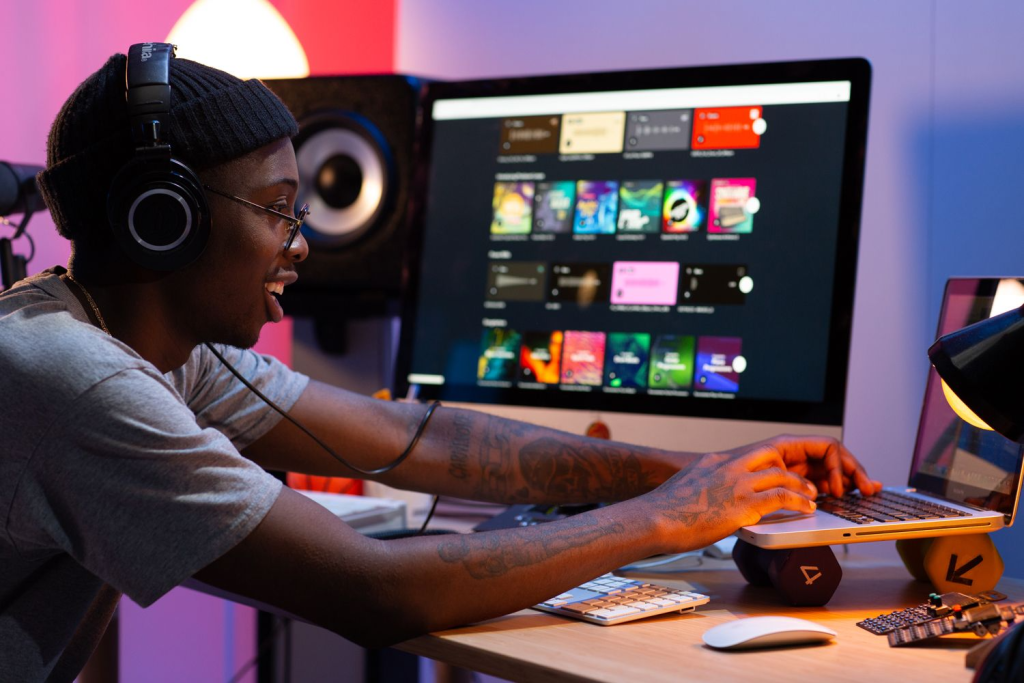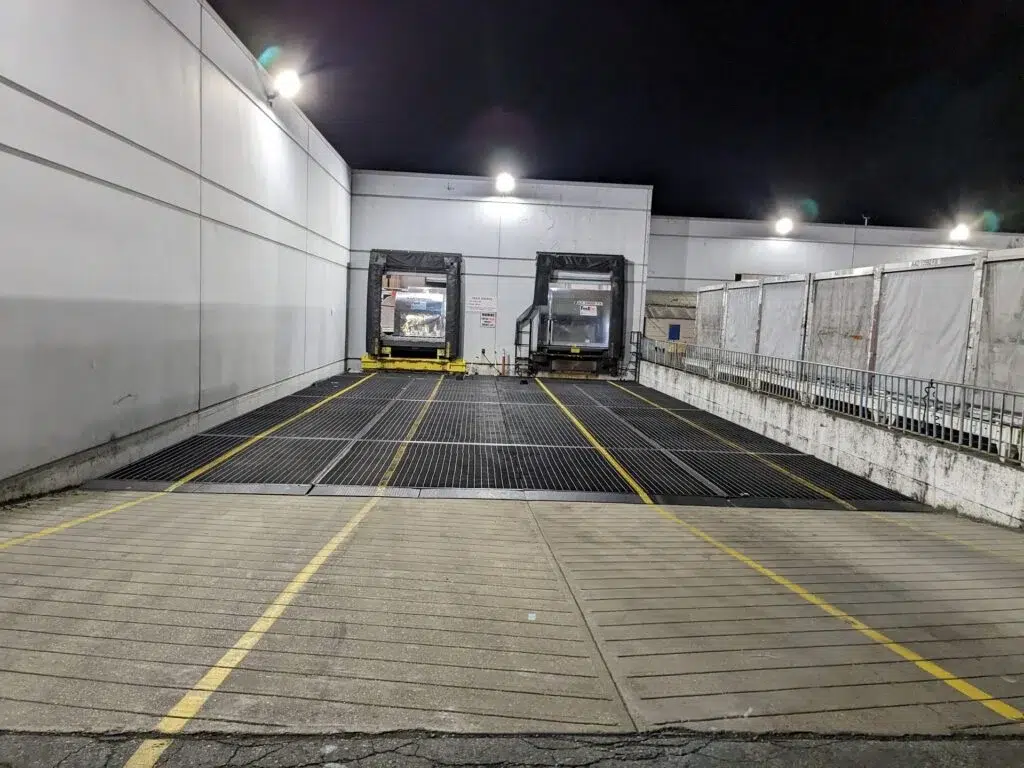Students across many countries now tap a screen more often than they hear a bell. In a few years, online learning platforms turned living rooms, buses, and park benches into small classrooms. Some parents celebrate the freedom, while others fear that face-to-face lessons may fade for good. Teachers also feel the change, juggling video calls with chalk on boards. Because essays are typed and uploaded, learners often search for an essay writing service to keep pace. The core issue is simple to state, yet hard to settle in practice. The debate centers on whether platforms replace the desks, lockers, and hallways that once defined school life. This article studies the benefits, drawbacks, and the growing mix of both ways of learning. It explains how online education reshapes, but does not always remove, familiar classroom practice.
A Rapid Shift in Motion
A decade ago, a lab with slow desktops felt advanced to many students. Today, that same room may sit empty because every learner carries a smartphone. This change shows how quickly teaching methods can move across communities and systems. Massive open online courses, video tutoring, and interactive apps gather millions of users quickly. Reports from respected groups show double-digit growth in e-learning each year, including rural regions. The pandemic pressed a turbo button, pushing many schools online almost overnight in response. Many districts kept a virtual option open long after buildings reopened for classes. Yet the old classroom has not vanished from daily routines and memories. Chalk squeaks on boards, bells still ring, and lunch lines remain loud and friendly. The result is a lively tug-of-war between two systems pulling students in different directions. Seeing this rapid motion helps readers understand why replacement is not a simple claim.
Upsides That Make Screens Appealing

Supporters of online learning praise its gains, and many benefits are hard to deny. First, flexibility stands out and gives busy students room to balance real life. A high school athlete can watch a recorded math lesson after practice without losing momentum. Second, personalization rises across subjects through steady feedback loops and goal tracking tools. Adaptive quizzes adjust in real time, offering harder or easier questions based on performance. Third, expenses often fall for families and schools managing tight budgets and priorities. Digital textbooks and open resources reduce costs for people who once bought thick volumes. Fourth, reach expands beyond local borders and opens doors previously closed by distance. A rural student can join a robotics seminar run by an engineer across the ocean. Finally, data flows freely and alerts teachers before small problems become larger setbacks. These gains together paint a bright picture of what screens can provide now.
Downsides That Keep Desks Important
While the bright gains shine, real concerns still pull at parents and experts. One frequent issue is distraction across devices packed with tempting apps and endless media. A laptop hosting a science lesson can also open games or social feeds within seconds. Another concern is lost spark and reduced spontaneity during group conversation and shared discovery. In a physical class, a joking remark can grow into a rich debate and insight; on a mute-filled call, that moment often dies before voices sync and build. Screen fatigue joins the list for many students and working teachers each week. Hours of staring at bright pixels can strain eyes, warp posture, and dull attention spans. Equity remains a deep problem that concerns families, teachers, and leaders across districts. Not every household owns fast internet, steady power, or a quiet study corner. Assessment integrity also troubles teachers who fear cheating behind blank profile pictures online. These drawbacks protect the desk, chalk, and lecture as lasting tools in many schools.
Teachers at a Crucial Crossroads
Many people assume technology will sideline teachers, but evidence points to the reverse. Online platforms still need guiding voices to frame content, answer needs, and spark motivation. In virtual spaces, teachers shift from lecturing to coaching through clear prompts and steady feedback. They use chats, breakout rooms, and quick polls to keep participation active during sessions. Training now covers lighting, microphone setup, and digital manners that support focus and respect. Far from being replaced, educators grow into multimedia hosts who curate resources and tailor feedback. At the same time, their presence in physical rooms remains vital for younger learners daily. Body language cues, quick hallway chats, and warm smiles are hard to replicate through pixels. Because of this dual demand, many teachers balance two roles across a single school day. They move between desks and dashboards while keeping care at the center of teaching. Human warmth stays at the heart of education and guides technology toward real service.
The Growth of Hybrid Models
Instead of an all-or-nothing fight, many schools adopted hybrid schedules that mix settings. On flex days, students may log in from home to complete digital labs and assignments. The rest of the week, they sit in familiar desks for group projects and labs. Colleges pioneer creative blends that match goals, budgets, and student needs on campus. Some offer flipped classrooms where lectures are watched online at night before meetings. Daytime hours are then spent hosting workshops, problem-solving, peer teaching, and fast feedback cycles. This model squeezes more value from both settings by placing each strength where it fits. Technology handles content delivery at scale, and in-person time handles community building with care. Parents appreciate fewer commutes, yet still rely on the safety net of supervision. Leaders find hybrids helpful during weather closures or local disruptions across a semester. Surveys show satisfaction climbs when learners control part of their weekly schedules. The hybrid approach shows that integration, not replacement, can unlock strong learning experiences.
Social Growth and the Hallway Factor
For many students, school means more than lessons and grades on transcripts. It is a place to trade jokes, share lunch, and rehearse plays after class. Critics warn that full-time online study chips away at those social bonds. Studies support the concern and highlight group time as a key need. Peer contact builds empathy, leadership, and conflict resolution through real interaction. Virtual chats host emojis, yet miss subtle cues like a raised eyebrow. Pixels also miss quick glances that often guide a group toward understanding. Some platforms add avatar halls where students walk between rooms and activities. Hybrid schedules help, but cannot mirror five days of organic exchange. Parents notice the gap, while online spaces also spark friendships across borders. Balancing local bonds with a wide reach remains a puzzle for teachers and leaders.
Access to Technology and Equity

Any talk about replacing classrooms must face the hard facts of hardware and homes. In wealthier areas, students often enjoy high-speed internet, updated tablets, and calm bedrooms nightly. Move a few miles away, and the picture shifts to shared devices and limited data. Cramped living spaces add noise, stress, and interruptions that weaken focus across every subject. Surveys show that millions of learners could not log in reliably during long periods of remote learning. Libraries and community centers tried to fill gaps with computers, hotspots, and trained staff. Limited hours and transportation hurdles reduced their reach and left many needs unmet locally. Software also poses barriers when designs assume one language or cultural habit for everyone. Policymakers respond with device grants and broadband projects, yet progress moves more slowly. Technology keeps racing forward while infrastructure builders deal with budgets, permits, and timelines. Equity advocates warn that pushing full replacement before fixing access will deepen divides. For online learning to serve all, systems must provide content and sturdy bridges for connection.
Looking Ahead: Potential Paths
Experts outline several scenarios for the next ten years of schooling and training. One vision imagines holographic teachers projected into homes, making buildings optional for many families. Another keeps brick-and-mortar campuses alive but turns them into creativity hubs for communities. Routine instruction shifts online while projects, mentoring, and labs remain anchored on site. A third path expects constant flow between settings based on subjects and seasons. Students choose the mode that fits goals, schedules, and health needs across changing weeks. Market signs already show investors backing immersive virtual labs and AI-driven tutors at scale. At the same time, city planners redesign schools to serve as community centers after hours. That choice shows physical space still matters for connection, safety, and shared purpose. The final mix likely lands in the middle, shaped by policy and habits. Remember a small list of keys carried together for tasks. Education may also need several keys, not one master key, to open paths for many students.
Main Takeaways
Online learning platforms are not a bulldozer flattening the traditional classroom experience entirely. They are a strong tool, adding new rooms to the house of education for all. They offer flexibility, personalization, and a broad reach that chalkboards alone could never match today. Yet physical spaces guard vital social growth, quick feedback, and fair access for families without steady Wi-Fi. Teachers stand at the center of this balance, guiding learners through digital portals and brick doorways. Hybrid models already show that a thoughtful mix often works better than total replacement everywhere. The real key may be a choice that lets students and families pick a fitting blend. People can match goals, resources, and learning styles with time, place, and subject needs. As technology changes and equity efforts expand, the most durable system stays adaptable and kind. Rather than naming one winner, smart leaders help both sides team up for inclusive education.





















